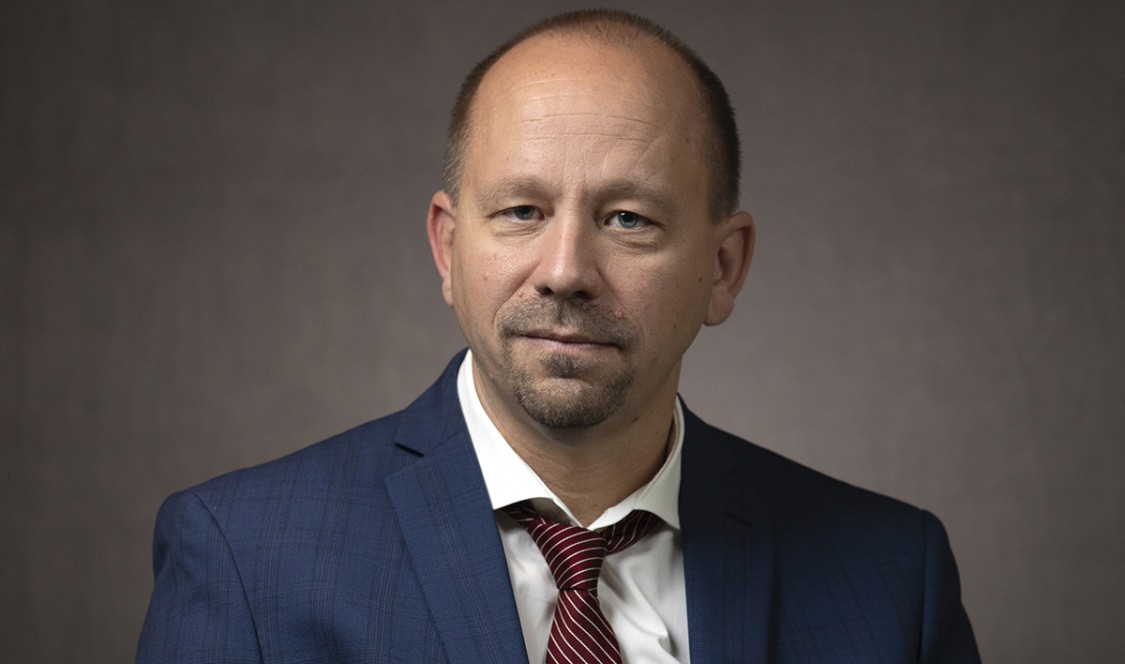In their new book, Trump’s Democrats, Jon Shields and co-author Stephanie Muravchik explore what compelled voters in consistently blue states to cast ballots for Republican presidential candidate Donald Trump in 2016.

“The 2016 election was the most surprising political event in my lifetime,” said Shields, an associate professor of government at CMC. “Writing this book was really just borne of deep curiosity, and a sense that something big and historic had happened, something that will reshape the future of our politics.”
To find out why blue voters flipped red, Shields and Muravchik—who are married with three sons—spent months living in Johnston, a Rhode Island suburb; Kentucky’s rural Elliott County; and Ottumwa, Iowa, the site of a meat-packing plant. Muravchik also joined CMC as a part-time visiting professor this fall.
Shields said they focused on these distinct areas because “all three places have longstanding and deep loyalties to the Democratic party. Not only did they vote for Barack Obama, since the New Deal they had voted—almost without fail—for Democrats. After the election, we were just itching to get into some of these communities.”
Overall, Shields found that the citizens of these communities are loyal to their town or county; their thinking and political allegiances informed by a sense of belonging. “All of these places have a long history of being run by political-machine bosses, who used to dominate the Democratic party,” Shields explained. “Some of their most beloved leaders resemble Trump. They are grandiose and promise to take care of their people by cutting deals.”
With the 2020 presidential election looming, Shields—whose work is focused, in part, on American politics—discussed the process of researching Trump’s Democrats and what he learned along the way.
How did you prepare to write this book? What were some challenges?
We started by talking with local journalists, as they are a great resource. They know the lay of the land, and the right people. They introduced us to the local elites, politicians, schoolteachers, union leaders, and members of the clergy, as well as more ordinary folks.
If you want to achieve social distance, tell working class Americans that you have a Ph.D. It’s an initial obstacle, but it’s a soft prejudice. If people see that you can be disarming, and a normal person despite the Ph.D. they won’t hold it against you. They’ll look past it when they see you are a three-dimensional person.
In Rhode Island, people really wanted to talk, they were engaging and warm. In Appalachia, it was more insular. People there have a distrust of outsiders, so it was a harder nut to crack.
What did you learn from researching this book? How did this research deepen your work as a whole?
I know a lot more than I did four years ago. We have a unique angle on it too, because no one else has done something quite like this. I feel like I have a much better sense of the political and cultural divide that now separates blue communities, places like Elliot County, versus places like Claremont. I have a richer sense of that. In the future, we’re likely to revisit these communities and refine our view of this divide.
We have a lot of survey data from elections, which we learn a lot from. But that data can be broad and shallow, and not very good at helping us understand the culture of particular places.
Survey data don’t help us to understand social norms in the small communities that we study. In a bigger way, surveys impose the researchers’ theories about people, and assume in advance what’s important. That’s always kind of problematic. It’s especially so now. Because the people who design surveys are so culturally removed from the people they are studying, deeper field work will allow us to build better surveys and ground our theories.
Now that we are navigating a pandemic, do you have a different perspective on the places you visited and the people you met?
After the lockdown here in California, I walked through the village in Claremont, and had a surreal experience. Very few cars were parked. The sidewalks were empty. It felt like a ghost town, like I was back on Main Street in Ottumwa, where there were lots of boarded-up shops and very few pedestrians. It gave me a chill. This plague could bridge the divide between my cushy college upper middle-class town and Ottumwa, Iowa. I do worry and wonder about the increasing social despair, which they were neck-deep in before COVID. I want to go back and answer that question.
—Anne Bergman

